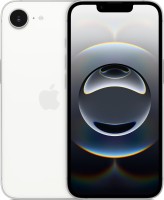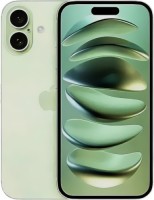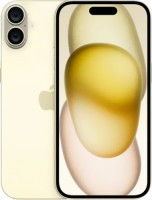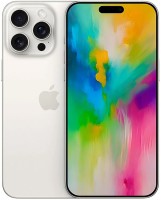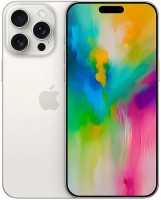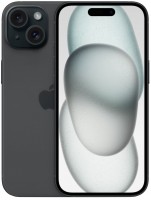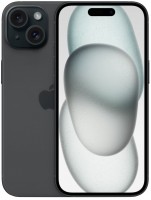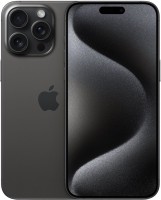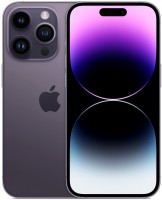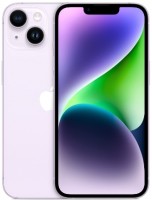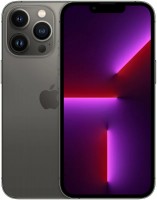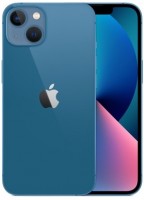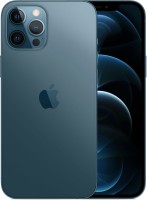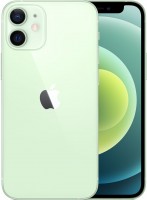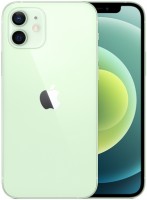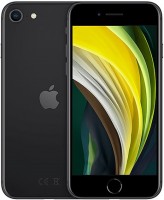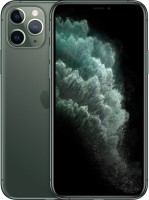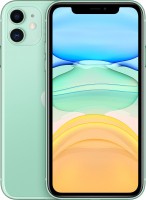Mobile Phones Apple series iPhone 13
Apple iPhone 13
The 13th generation of the iPhone, as expected, brought a bunch of cosmetic improvements on its wings, but not the technological revolutions that many continue to expect from Apple. The design of the iPhone 13 has remained almost the same as in the 12th generation: a metal frame along the body, a ceramic back with a square camera block, and a notch in the display. The only difference is that this same cutout with a bunch of sensors for Face ID biometric protection has been reduced by almost a quarter.
It is based on the new 6-core ARM microprocessor A15 Bionic, which is made using an improved 5nm process technology. According to Apple, this is the most powerful processor in smartphones of the current generation: its computing capabilities and the performance of integrated video cores are 30-50% superior to all competitors, including last year's Apple A14 chip. The iPhone 12 had an excellent 6.1-inch Super Retina XDR display, so they didn’t touch it, only turning up the brightness.
 |
With a new processor, larger battery, and improved iOS optimization, iPhone 13 can last up to 2.5 hours longer on a single charge than iPhone 12. 5G performance is further improved with wider frequency coverage. Cameras have been significantly improved in iPhone 13. In fact, the iPhone 12 Pro Max block was taken as the basis, consisting of the main iSight sensor and a wide-angle module with a viewing angle of 120 degrees and an aperture of f / 2.4. Added image stabilization technology with a matrix shift and a "cinematic mode" that allows you to change the focus during video shooting.
Additional goodies of the 13th generation iPhone, as usual, include Dolby Atmos-enabled speakers, Wi-Fi 6, a waterproof case (IP68 standard), fast and wireless charging, an NFC, as well as support for Dolby Vision video content and HDR10. Compared to last year's versions, the iPhone 13 has increased the capacity of the built-in storage: now the device is offered in configurations with 128, 256 and 512 GB of memory. All versions now support working with two SIM-cards - physical and virtual.

